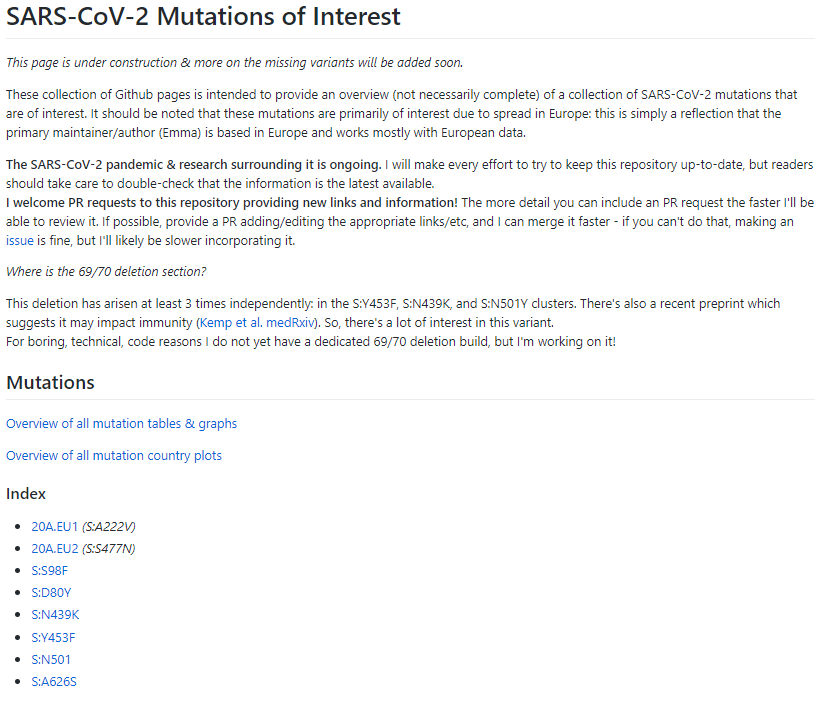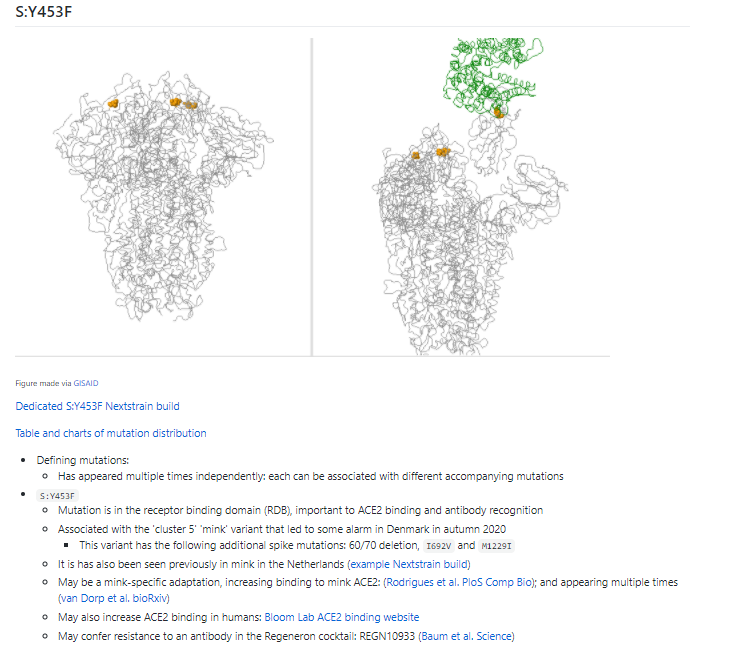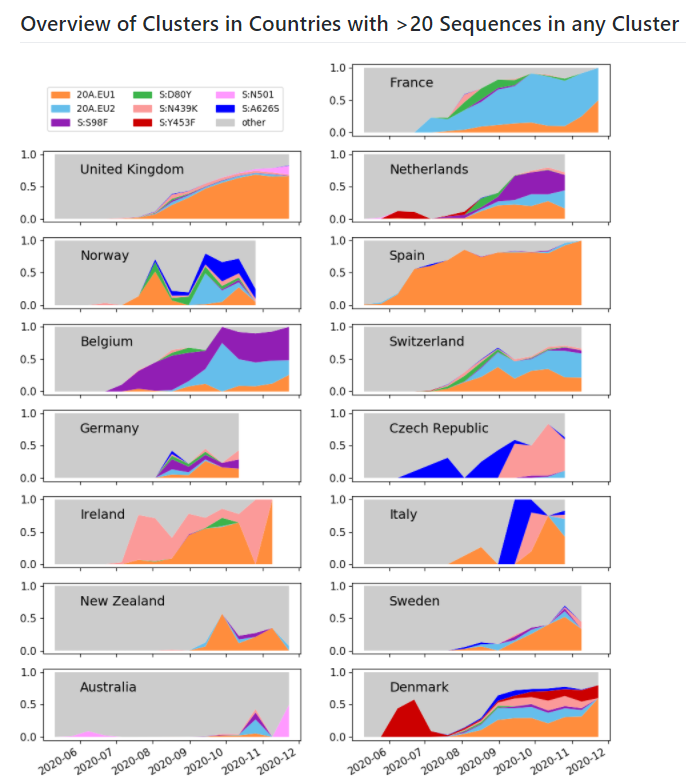
Switzerland has now banned flights from the UK - following on from an increasing number of other countries.
If the new UK variant may already be in more countries across Europe, why are countries stopping flights from the UK?
#SARSCoV2 #COVID19
1/10
If the new UK variant may already be in more countries across Europe, why are countries stopping flights from the UK?
#SARSCoV2 #COVID19
1/10
https://twitter.com/firefoxx66/status/1340360011101442049
In short: numbers matter.
The number of people with the new variant in continental Europe is likely still small: with testing, tracing, identification & restrictions, we might be able to prevent them from passing the virus on. That's easier with 10 people than 1000.
2/10
The number of people with the new variant in continental Europe is likely still small: with testing, tracing, identification & restrictions, we might be able to prevent them from passing the virus on. That's easier with 10 people than 1000.
2/10
However, border closures make the most sense when coupled with fast action *inside* countries as well.
Even a few cases can become a few thousand quickly, if there's nothing to stop them. So as well as border controls, countries need to be stepping up measures within.
3/10
Even a few cases can become a few thousand quickly, if there's nothing to stop them. So as well as border controls, countries need to be stepping up measures within.
3/10
Should bans have happened now, when we still have many unknowns about the new variant?
This is a difficult balance. The last 2 days, Dr Michael Ryan speech at WHO has been in my head: “If you need to be right before you move, you will never win."
4/10
This is a difficult balance. The last 2 days, Dr Michael Ryan speech at WHO has been in my head: “If you need to be right before you move, you will never win."
4/10
https://twitter.com/skynews/status/1238504143104421888?lang=en
Clearly, we need balance. ⚖️
Act too soon with too little info and you generate panic without evidence - damaging economy, livelihoods & trust.
But wait too long, & you could miss a vital window when we have the chance to have the most effective response.
5/10
Act too soon with too little info and you generate panic without evidence - damaging economy, livelihoods & trust.
But wait too long, & you could miss a vital window when we have the chance to have the most effective response.
5/10
What should we be doing in the meantime?
Travel bans within Europe can't continue indefinitely. Countries with them should be using this time to act locally & make a plan.
6/10
Travel bans within Europe can't continue indefinitely. Countries with them should be using this time to act locally & make a plan.
6/10
Act:
- Ramp up test & trace
- Special attention to areas with high UK travel/tourism
- Develop targeted PCR to initially detect currently present cases quickly
- Ramp up sequencing to confirm new variant cases, see how they're linked, & monitor for other variants too
7/10
- Ramp up test & trace
- Special attention to areas with high UK travel/tourism
- Develop targeted PCR to initially detect currently present cases quickly
- Ramp up sequencing to confirm new variant cases, see how they're linked, & monitor for other variants too
7/10
Plan: how to handle traffic from UK?
Some options:
- Restrict travel allowed
- Quarantine (remember, may not work in practice as well as hoped!)
- Test all arrivals from some areas (but remember false negatives in early infection & need way to tell if new variant or not)
8/10
Some options:
- Restrict travel allowed
- Quarantine (remember, may not work in practice as well as hoped!)
- Test all arrivals from some areas (but remember false negatives in early infection & need way to tell if new variant or not)
8/10
2 things will help detecting the variant in other countries:
- PCR developed to pick up the variant specifically could allow high-throughput testing - likely need sequence confirmation initially
- Ramp up sequencing to detect reliably & to monitor other & emerging variants
9/10
- PCR developed to pick up the variant specifically could allow high-throughput testing - likely need sequence confirmation initially
- Ramp up sequencing to detect reliably & to monitor other & emerging variants
9/10
We have unfortunately had a 'curse' with #SARSCoV2: to wait & see if what happened elsewhere happens here too. The answer has been yes.
I hope this time we can break this curse with caution & coordination! 🤝
10/10
I hope this time we can break this curse with caution & coordination! 🤝
10/10
https://twitter.com/firefoxx66/status/1296080785745862657
As before, you can find some more information on the new variants in the news this week here:
https://twitter.com/firefoxx66/status/1340359989395861506
• • •
Missing some Tweet in this thread? You can try to
force a refresh


















